Distance, Disorder, Archives, and Enslavement, Pasay 1732
By Nicholas C. Sy
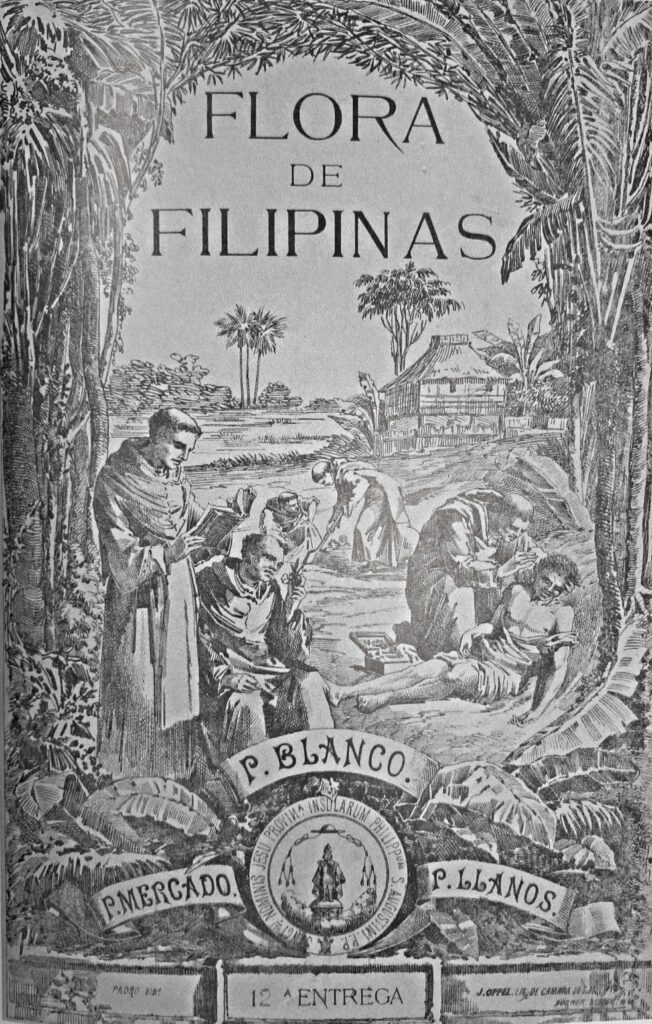
Blanco’s Flora Filipina, from Blas Sierra de la Calle’s. 2011. Grabados Filipinos (1592-1898). Cuadernos del Museo Oriental, N.10. Valladolid
Tagalogs and Chinese-Mestizos in Manila’s Outskirts
The file is comprised of six sets of documents. The first set envelopes the file—representing its first few pages as well as its last few pages. In early August 1732 Fray Pedro Orense, parish priest of Malate, requested for copies of the government’s decision about the case. The government responded in the positive on 14 August 1732 and, at the end of the file, they noted a record of their compliance by 19 September 1732. Orense’s request and the government’s responses comprise this first set. The sets that follow are the copies sent to Orense.
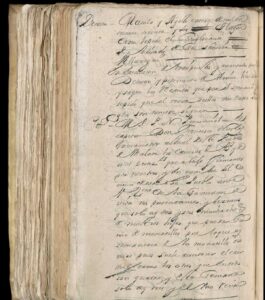
The next set of documents start with a petition addressed to the Augustinian provincial from the indigenous governor of the pueblo of Malate and signed also by his fellow principales. Undated, its originals were likely written in early April 1732. The Augustinian provincial’s subsequent response is dated 22 April 1732. Malate’s parish priest also provided an opinion in support of his parishioners. In sum, the documents of this set describe the exigencies that Tagalog children faced in accompanying their priests in conducting the last rites at whatever time of day and in whatever weather. The need for these exigencies is not questioned, but the principales complained about having to attend to the Mestizos who lived far from the church and who did not perform the same service. This one-sided burden was, to them, like enslavement and they argued that “we are not their slaves, nor are we obliged to serve them given that they do not serve us in the least.”3
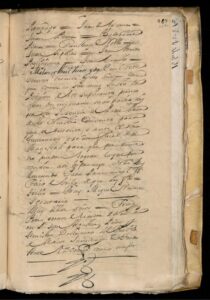
View the transcription and translation »
The third set of documents were the opinions, decisions, and confirmations of receipt of different government offices: the crown’s fiscal, the assessor, and the alcalde mayor of Tondo. They supported the petition from Malate.
The fourth set is comprised of one document: a counter-petition from Pasay appealing the above government decision. This appeal is undated but was likely written between 6 May and 16 July 1732. The Mestizos referred to two decrees: one from 1702 and another from 1711 and attached a copy of the 1711 decree. They framed these documents as enshrining “the immemorial custom”4 of not being obliged to render church service given that they were tenant farmers who paid a host of other things: rent to their unnamed landowners, tribute to the crown, corvee labor, and parish fees. Moreover, their children were needed at their farms. They thought that this matter had already been settled during the tenure of their previous parish priest Fray Juan Serrano.5
The fifth set of documents are consecutive responses from the aforementioned government-offices. The royal fiscal, in particular, pointed out that this second petition’s attachments were incomplete and improperly interpreted. The petitioners from Pasay had not sent the 1702 decree and the 1711 attachment was inadmissible due to a somewhat, in my opinion, opaque technicality (of being a decision about a decision rather than a decree in itself). The 1702 decree, the fiscal found in his own archive, but he said that while its text inhibited the passing of new obligations onto the Mestizos, their church service as monacillos was not an innovation but a basic responsibility. He denied the appeal.
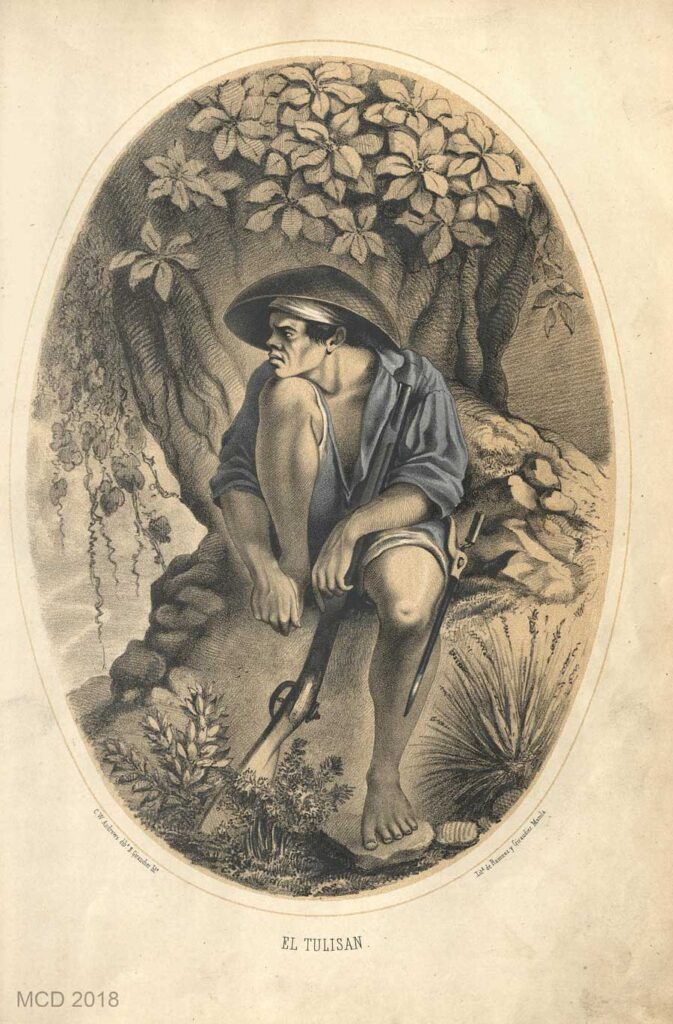
From Gregorio Sanz’s 1856. Embriologia sagrada. Manila: Establecimiento Tipografico del Colegio de Santo Tomas.
Negotiating Roles, Deploying Documents
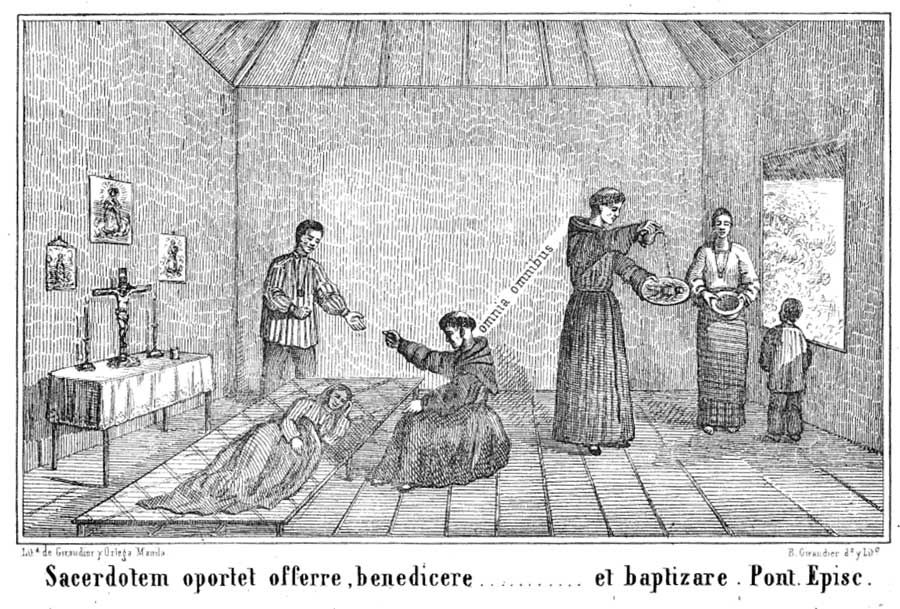
From C. W. Andrews. 1860. Ilustracion Filipina. Ano 2, No. 2, 15 January. https://
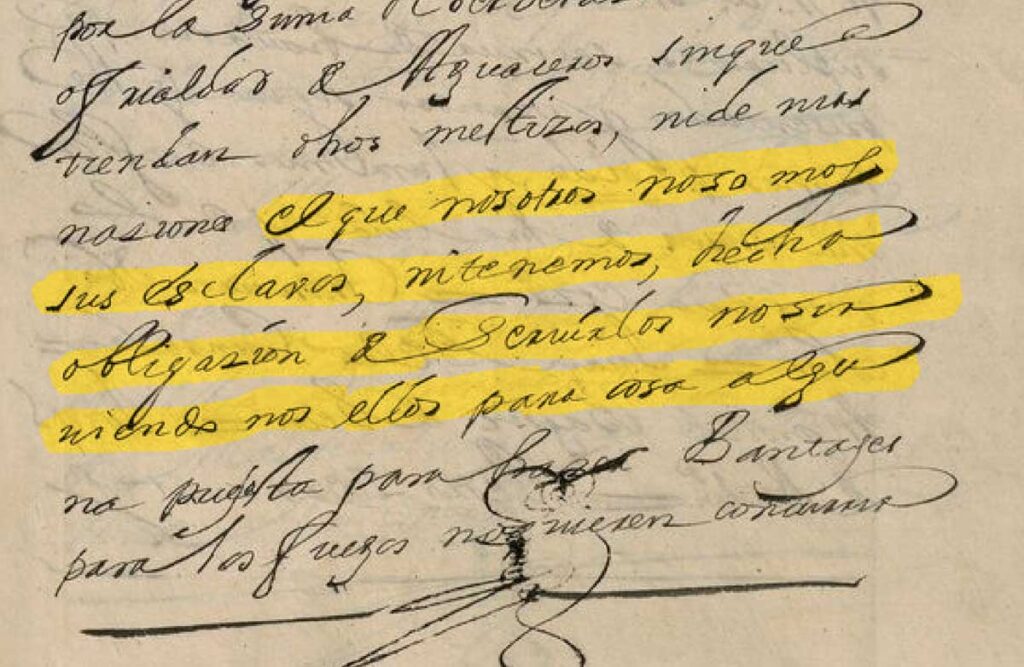
From page 5 of the document’s translation “recognizing that we are not their slaves, nor have we obliged ourselves to serve them given that they do not serve us in the least.” View the Page
Finally, the Malate Tagalogs’ allusion to enslavement is interesting. One should note that the statement “we are not their slaves”13 is not in itself a statement rejecting enslavement as a social practice, nor is it a claim that their children were not in fact enslaved by someone else. All it says explicitly, is that their children were not the slaves of the Mestizos. That said, one wonders if this word “esclav[o]”14 was charged with new meaning in the early-eighteenth century now that, as William Henry Scott (1991) and Tatiana Seijas (2014, 244-245) tell us, enslavement among the indigenous had been effectively prohibited by 1692 and the category was now limited to slaves taken from overseas. At the same time, one catches a glimpse of the backbreaking work that Tagalogs of this period associated with enslavement. And their complaint that—outside a relationship of enslavement—they had not “obliged [themselves] to serve them given that they do not serve us in the least”15 further emphasizes enslavement’s asymmetry, which are in other earlier texts described with a great emphasis on reciprocity. Such dimensions of dependency are not, of course, mutually exclusive. Nevertheless, one wonders, after over a century of interactions with Spanish interlocutors how much the concept of enslavement and now its afterlife had adapted to colonial constraints. ![]()
READ THE FULL DOCUMENT
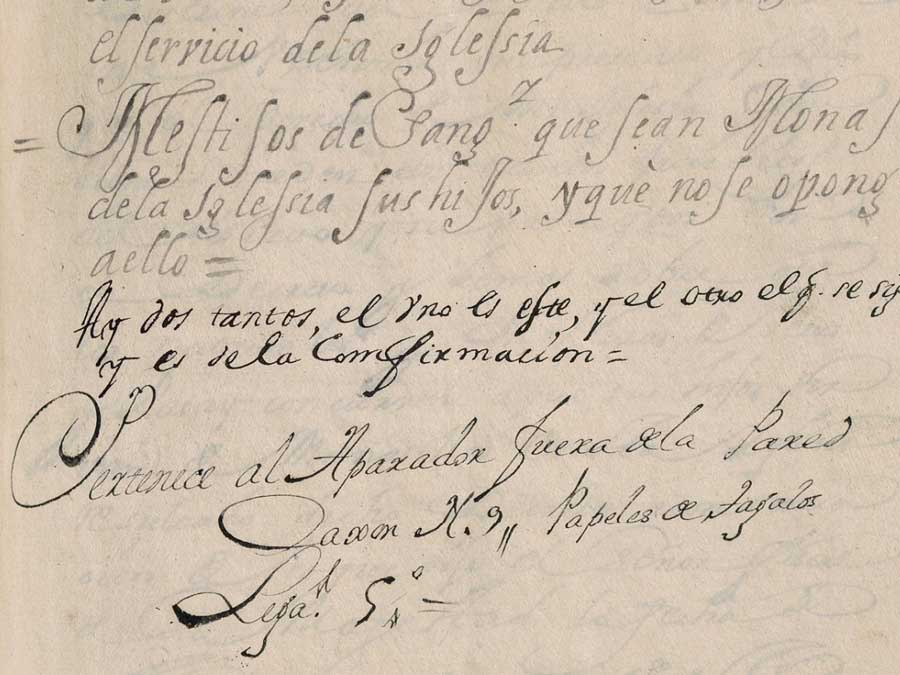
Monacillos que sean hijos de mestizos
Testimonies that mixed race and natives of Vetuz and Pozay may be monasteries in the service of the Church. Mixed race from Sangleys may be monasteries of the Church, its children, and that they do not oppose it.
22 transcribed and translated pages
View the full document
Bibliography
Alcina, Francisco, S.J. 1981. Alcina’s Report on the Celebration of Feasts and Administration of the Sacraments in XVIIth Century Samar and Leyte, Pablo Fernandez and Cantius Kobak, O.F.M. (eds). Philippiniana Sacra 16(47): 286–337.
Lilly Library (LL). 1732. Monacillos que lo sean los hijos de los Mestizos, 439r-449r (img1-21). Accessed online, October 2023, https://data.1762archive.org/s/texts/item-set/36516
_____. 1733. Confirmación de la sentencia sobre que los Mestizos de Sangleyes del Pueblo de Malate sean sacristanes, 450r-457r (img1005-1019). Accessed online, November 2023, https://digitalcollections.iu.edu/concern/archival_materials/sq87c6073?locale=en.
Newson, Linda. 2011. Conquest and pestilence in the early Spanish Philippines. Quezon City: Ateneo de Manila University Press.
Philippine Atmospheric, Geophysical and Astronomical Services Administration (PAG-ASA). n.d. “Climate of the Philippines.” Webpage: https://www.pagasa.dost.gov.ph/information/climate-philippines, accessed 3 October 2023.
Scott, William Henry. 1991. Slavery in the Spanish Philippines. De La Salle University Press.
Seijas, Tatiana. Asian slaves in colonial Mexico: from chinos to Indians. Vol. 100. Cambridge University Press, 2014.
VIEW OTHER FEATURED TEXTS
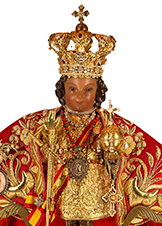
The Theft of the Golden Cross of the Santo Niño
An India and Esclavo at the crossroads between communities
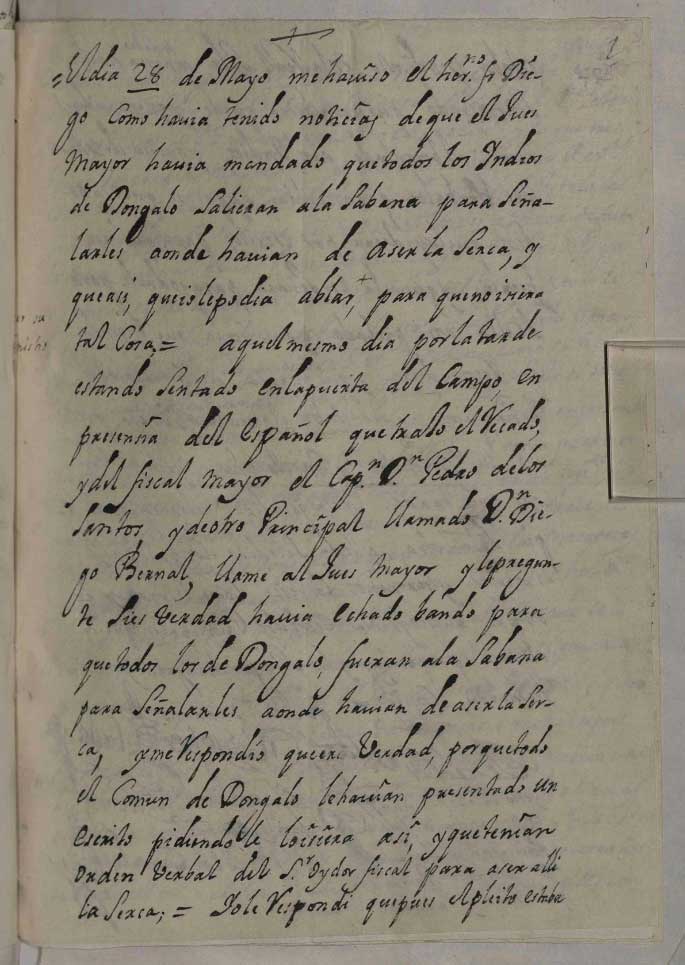
Upheaval and Indigenous Resistance in Dongalo
In May of 1717, a physical skirmish broke out in Dongallo, a town just south of Manila between a group of local principales and Augustinian officials over where the line between their property really was